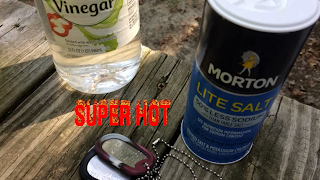Territorial Behavior

Territorial behavior is a method that animals use to protect its territory from incursions by others or its species. It is marked by the sounds of song birds or scents. A dog marking its territory by peeing on something is an example of territorial behavior. Pictured is a spiders web, not all spider are territorial but in some species they are. An Australian funnel web spider has been known to attack humans that get too close to their lair or web, making them territorial.






















